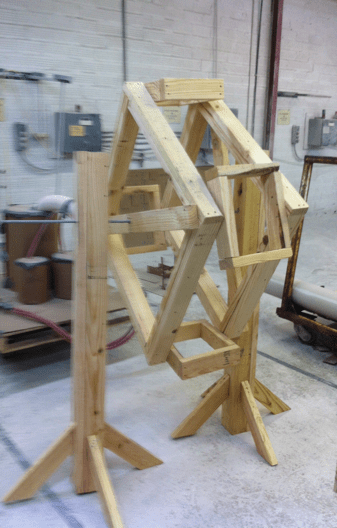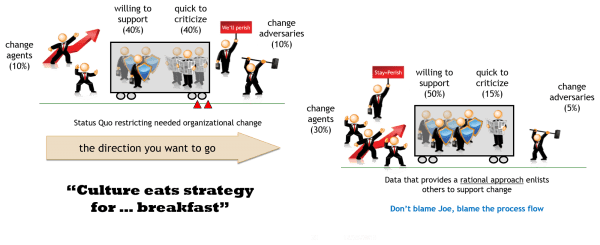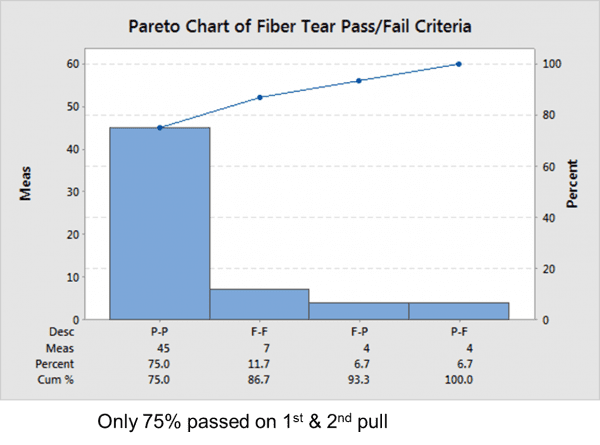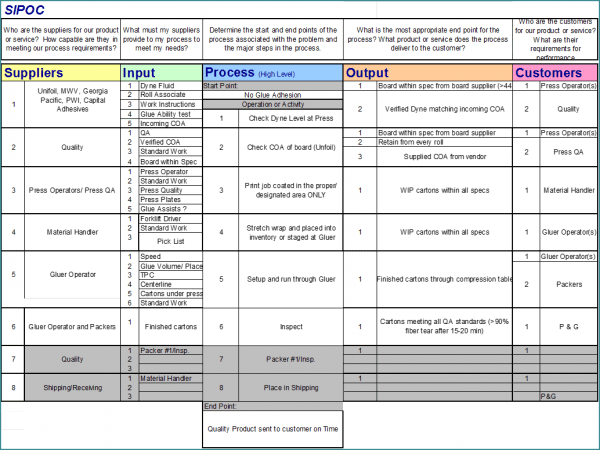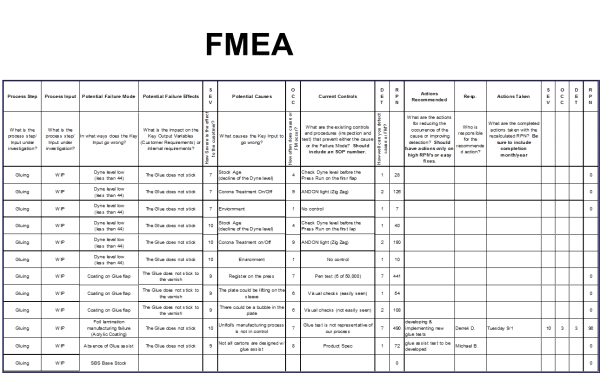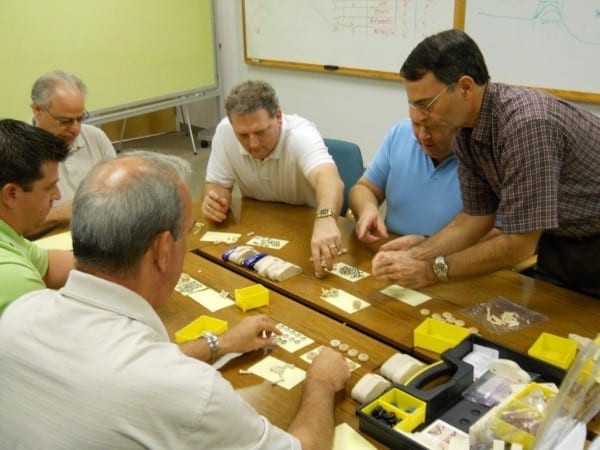Kaizen (Manufacturing)
Description:
Do you have a problem or pain point in your business? Do you need it solved – down to the root cause – yesterday? Then you should learn more about Kaizen.
Kaizen literally means ‘good change’ and is defined:
A fast paced, high impact, narrowly focused event designed, planned, facilitated, and executed to deliver a high degree of change to the business focus area in only a few days
The purpose of any event is to identify and eliminate all forms of waste. We use an acronym called WORMPIIT to describe waste:
Waiting
Overproduction
Rework
Motion
Processing
Inventory
Intellect
Transportation
Kaizen is rapid, but never haphazard. It is rapid, but never without data. It is rapid, but never without involvement from employees. It is rapid, but never without linking to the performance factors of the organization. It is rapid, but usually doesn’t include large capital expenses. Rapid good change.
In executing Kaizen, we use a model called SCORE:
- SCO – Select, clarify and organize the problem statement, charter, and team members
- RUN – RUN which is typically the ‘event’
- E – Evaluate the results and close out any action items
When reviewing SCORE, the scientific method (plan-do-check-adjust) is clearly represented and – surprising to some – mirrors the scientific model that is represented within 6 Sigma (DMAIC – define, measure, analyze, improve, control). The scientific method – or rapid cycles of learning across the PDCA platform yields rapid results.
In order to give you more of an understanding of Kaizen, here are the ground rules for a team:
There is no rank among team members.
Keep an open mind to change.
Change is good, more change is better.
Maintain a positive attitude.
Nobody blames anyone for anything.
Respect each other.
There is no such thing as a dumb question.
Plans are only good if they can be implemented, plans succeed only if the gains are sustained.
There is no substitute for hard work.
Have Fun!!
Duration:
3 days SCO
5 days RUN
1 day Evaluate
Typical Outcomes:
- Process inputs, value add tasks, non value added tasks, delays, and outputs mapped and understood
- Creation of standard work. Typically Kaizen teams produce processes that are easier, faster, safer, better, cheaper. Reduction of screens. Standard forms that prompt for specific pieces of information from customers. Checklists prior to forwarding work to the next downstream process. And many, many more
- Empowerment of people. Kaizen demands that team members play an active role in creating their own future state. The goal for TGG is to “create a scientist in every employee.” Or a comparable phrase, “with each set of hands you get a free brain”
SCORE is trademarked by BMGI

